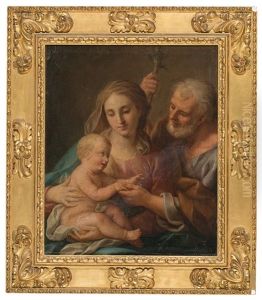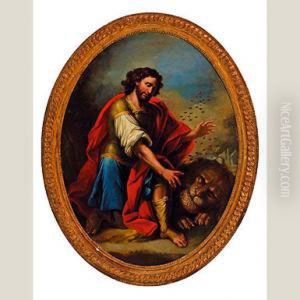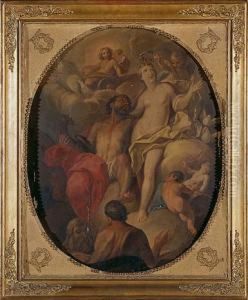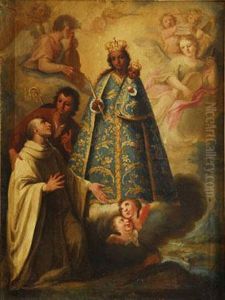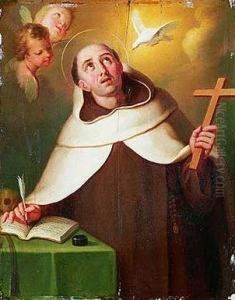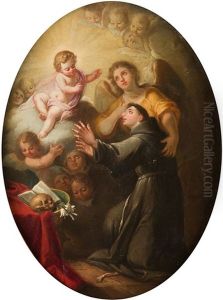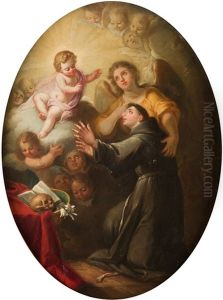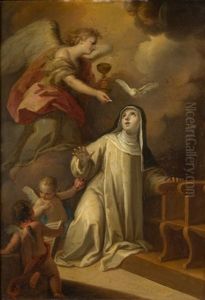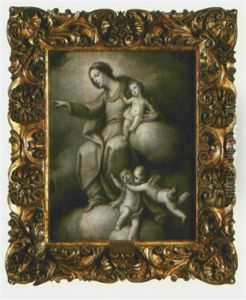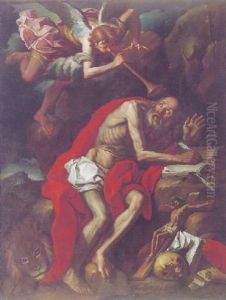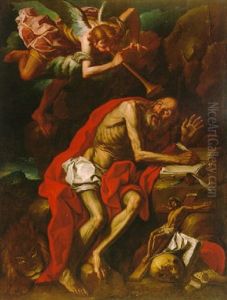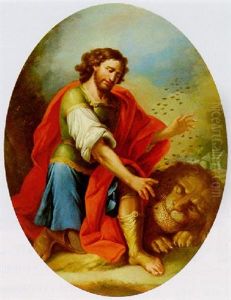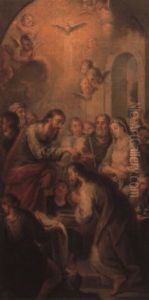Jose Vergara Paintings
Jose Vergara was a Spanish painter, born in Valencia in 1726. He was an artist of significant repute during the late Baroque and early Neoclassical periods in Spain. Vergara came from a family of artists; his father was the painter Antonio Vergara and his brothers, Luis and Ignacio, were also involved in the arts. This familial environment nurtured his talents from a young age, and he was able to learn and develop his artistic skills within his family workshop.
Vergara's career was marked by his work both as a painter and as an academic. He became a professor at the Academy of Santa Barbara, which was a pivotal institution for the arts in Valencia. His involvement with the academy not only demonstrated his commitment to painting but also to the education of future generations of artists. Throughout his lifetime, Vergara produced a vast number of religious works, which included altarpieces and frescoes for various churches and cathedrals. His style is characterized by the use of dynamic compositions, a vivid color palette, and a delicate sense of light, which shows the influence of the Baroque while also incorporating the emerging Neoclassical tendencies.
In addition to his religious works, Vergara also created portraits and historical paintings. His work was well-regarded by his contemporaries, and he received numerous commissions from religious institutions as well as from the nobility and other prominent figures of his time. Despite his success, there are few surviving works that can be attributed to him with certainty, as many were either lost or destroyed over time.
Jose Vergara died in 1799 in his birth city of Valencia. Although he is not as widely known today as some of his peers, Vergara's contribution to the Spanish art of the 18th century was significant, and his works are an important part of Spain's cultural heritage. His legacy continues through the pieces that remain and in the influence he had on the students he taught during his tenure as a professor.
